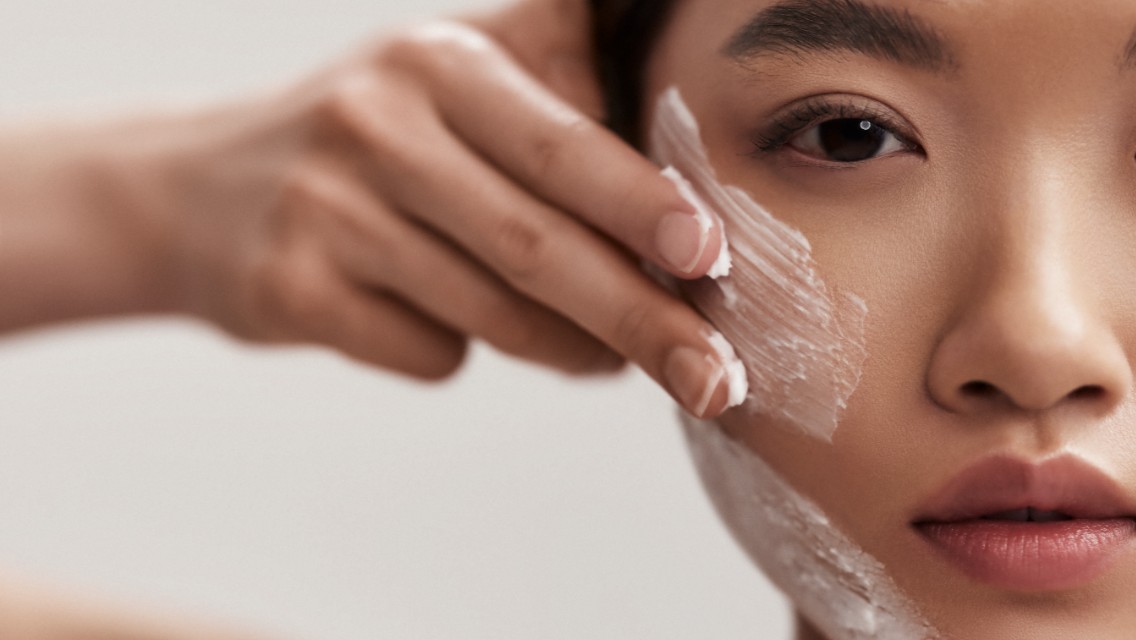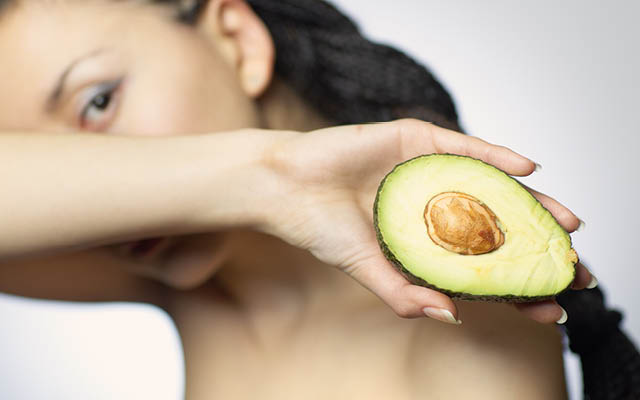When you hear “eat the rainbow,” what this means is “eat carotenoids.” Carotenoids are the 750 colorful pigments found in plants. “Bright colors evolved in part to protect plants from UV damage,” says Mark Tager, MD, author of Feed Your Skin Right: Your Personalized Nutrition Plan for Radiant Beauty. “They are plants’ skincare, and they can do the same for us.”
Carotenoids are absorbed through the gut and dispersed throughout the skin. Like all antioxidants, they help reduce the daily damage wreaked by environmental insults and ward off premature aging and skin cancer.
The best-known carotenoid is beta-carotene, some of which is converted to vitamin A in the skin. Found in carrots, pumpkins, sweet potatoes, and mangoes, beta-carotene reduces skin inflammation by inhibiting free radicals caused by UV rays and air pollution, studies show.
Two other carotenoids — lutein and zeaxanthin — replenish the skin’s moisture. You can get your daily dose by eating spinach, kale, basil, parsley, and egg yolks.
Astaxanthin is another key carotenoid for skin health. It bestows the reddish-pink hue in salmon and many shellfish, and it protects mitochondria, the engines of our cells. Aging reduces the number, power, and efficiency of the mitochondria in skin cells; astaxanthin may slow this process, says Tager. You’ll find the best food sources at the fish counter, specifically salmon, trout, shrimp, and crayfish. Think pink.
As for topical applications of carotenoids, retinoids are a derivative of vitamin A that can produce some powerful effects in maturing skin. Commonly known as retinol, these fat-soluble molecules can penetrate skin and fuel the production of elastin and collagen to increase elasticity. They also modulate melanin, so retinol may help reduce age spots. (Note that retinol can cause dryness, irritation, and sun sensitivity, so proceed with caution.)
For further guidance on maintaining healthy and radiant skin through nutrition, read “11 Vital Nutrients for Skin Health,” from which this article was excerpted.





This Post Has 0 Comments